Thinking About Light Purple Hair? Here’s What a Colorist *Really* Wants You to Know
Over my years behind the chair, I’ve worked with every color you can imagine. And honestly, few shades get the kind of reaction that a beautiful, soft light purple does. It looks so effortlessly cool, but here’s the secret: it’s one of the most technical and high-maintenance colors out there. I’ve seen the magic when it’s done right, and I’ve also spent entire days correcting it when it goes wrong.
In this article
So many people bring in photos of dreamy lavender or lilac hair without realizing the serious science and commitment it takes. This isn’t like painting a wall; it’s a chemical process that changes your hair for good. Before you even think about grabbing a box of dye, let’s have the real talk we’d have if you were sitting in my salon chair. I want to walk you through the process, the risks, and the honest truth about living with pastel hair.
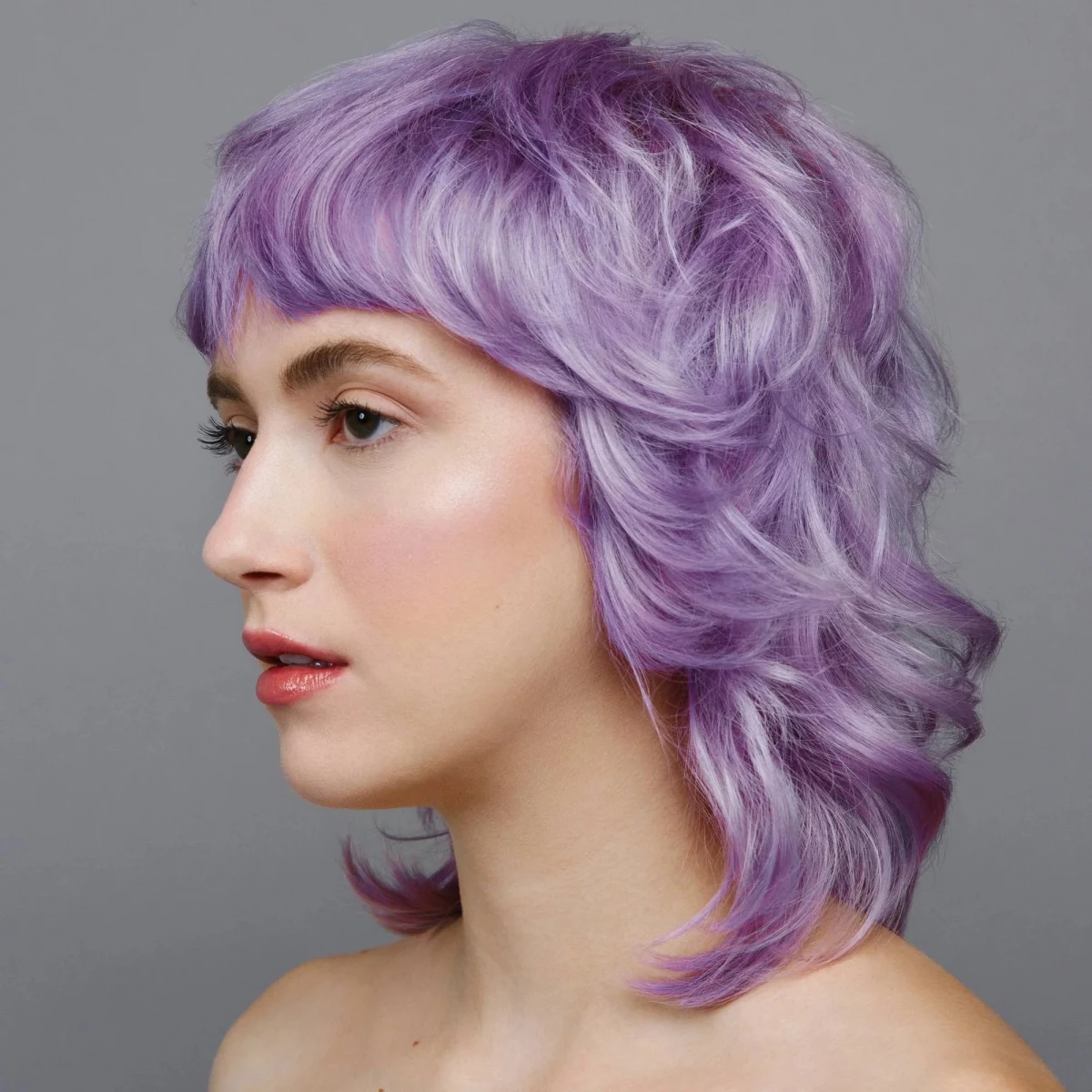
First Things First: Your Hair Has to Go Blonde. Very Blonde.
To get a light purple, you have to strip out your natural color first. This is the most critical and potentially damaging part of the whole journey. Understanding what’s happening to your hair will help you respect the process and avoid some truly permanent mistakes.
Think of your hair strand like a little tree branch. It has an outer layer, the cuticle, that looks like overlapping shingles on a roof. Inside that is the cortex, which is where all your natural color (melanin) lives. To get your hair light enough, we have to open up those shingles and dissolve the color inside.
The stuff we use, often just called bleach, is a powder that gets mixed with a cream developer (hydrogen peroxide). When they combine, they create a powerful alkaline reaction that swells the hair and lifts those cuticle shingles open. This lets the bleach get into the cortex and break down the melanin, making it colorless. This process is, by its very nature, damaging. It weakens the hair’s protective layer and can break down the proteins that give your hair strength. That’s why bleached hair often feels a bit rougher and is more prone to snapping.
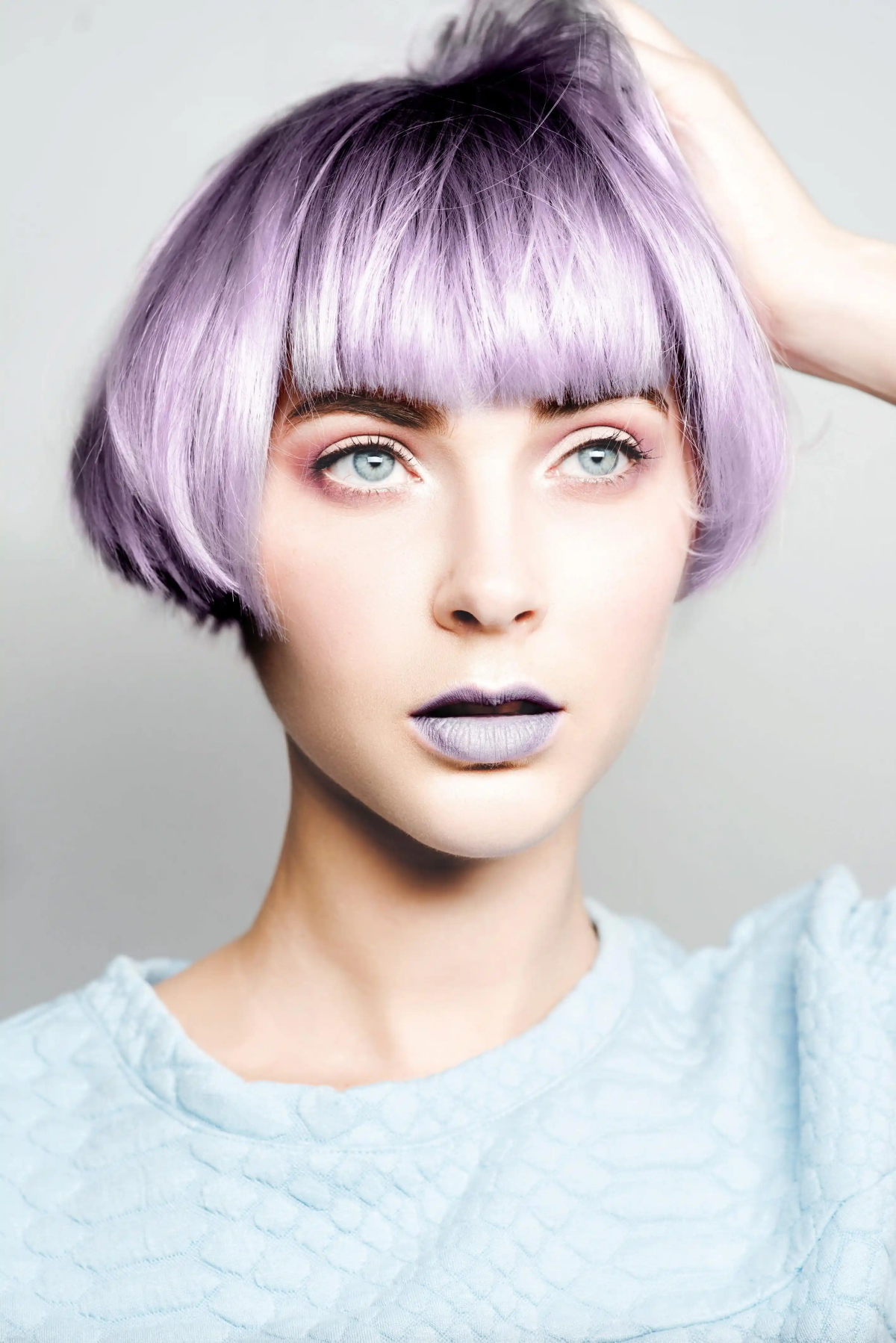
The Unskippable Step: Reaching Level 10
In the salon world, we use a number system from 1 (black) to 10 (lightest blonde). For a true, clean lavender or lilac, your hair must be lifted to a Level 9 or, ideally, a Level 10. There’s just no way around it.
As hair lifts, it goes through stages: red, orange, gold, yellow, and finally, pale yellow. You can’t just slap purple dye on yellow hair and call it a day. Remember basic color theory? Purple and yellow are opposites. Putting a blue-toned purple over yellow hair will just neutralize it, leaving you with a weird, muddy gray or a dull silver. For that vibrant pastel, your canvas needs to be as pale as the inside of a banana peel.
The Big Question: The Salon Route vs. The DIY Gamble
Getting a whole head of hair to a perfect, even Level 10 is a serious skill. So, let’s talk about the two paths you can take, and what they’ll really cost you in time and money.
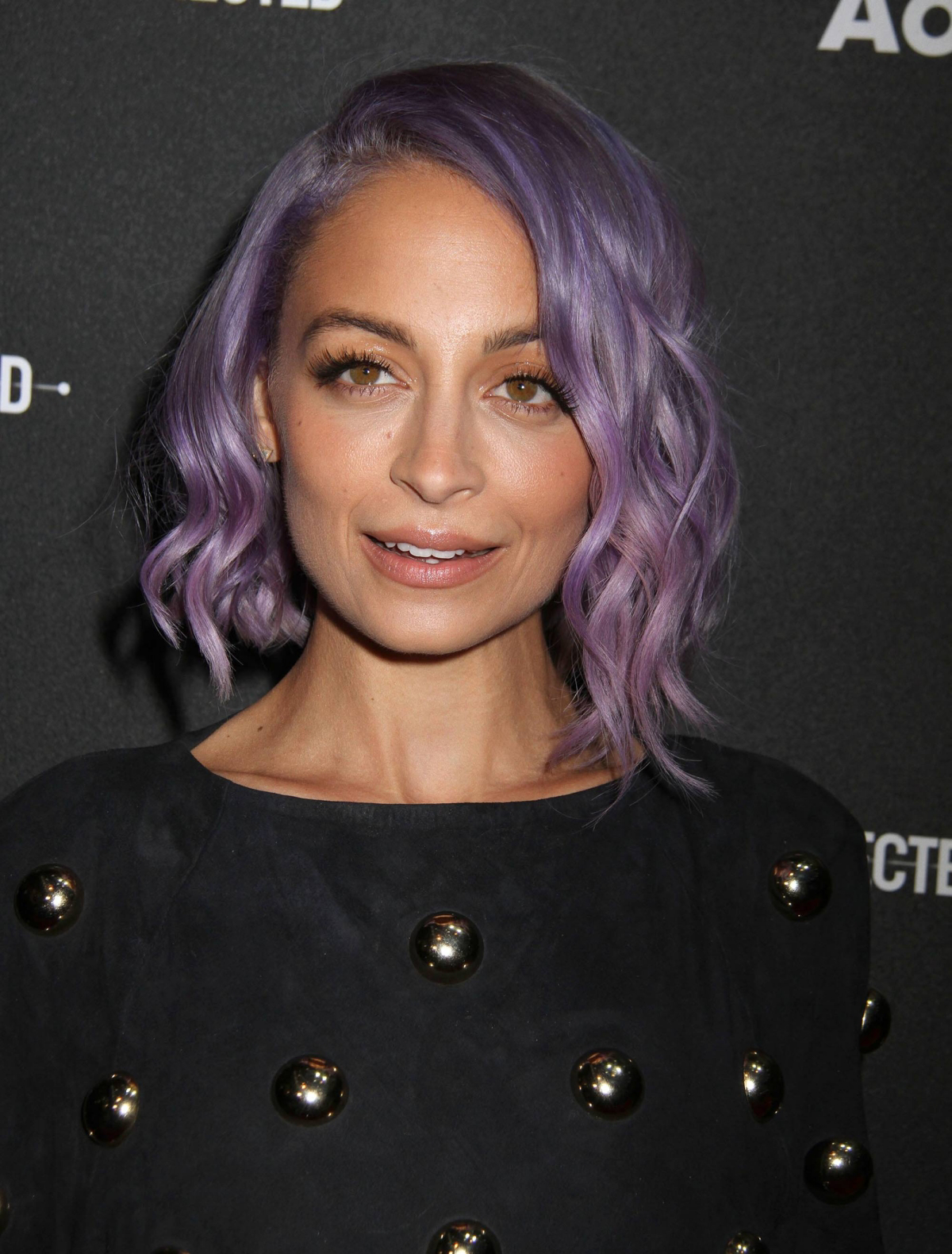
The Professional Route: Your Wallet vs. Your Hair’s Health
Going to a pro is an investment, for sure. You’re not just paying for the dye; you’re paying for expertise, safety, and damage control. Before we even mix color, we do a deep dive into your hair’s history and perform a strand test. This little test tells us everything: how your hair will lift, how long it will take, and if it can even handle the process. If that test strand turns to mush, we stop. It prevents a total hair catastrophe.
Heads up on the cost: For a full bleach-out and pastel color service, expect to pay anywhere from $300 to $800+ at a reputable salon. The price depends on your hair’s length, thickness, and any previous color we have to correct.
And the time: Don’t plan on being in and out. For hair that’s never been colored, this can easily take 4 to 6 hours. If we’re fixing old color? It could be an 8-hour day or even multiple sessions.

The DIY Route: The Shopping List and the Risks
I get it, the salon price can be steep. If you’re feeling brave and heading to a beauty supply store like Sally Beauty, here’s a realistic shopping list:
- Professional Lightener Powder (like Wella Blondor or Schwarzkopf BLONDME): about $25
- 20 Volume Developer: about $10 (this is the standard for on-scalp use; anything higher can be too harsh for a beginner)
- Mixing Bowl, Brush, and Gloves: around $10
- Purple Direct Dye (Arctic Fox, Manic Panic, and Good Dye Young are popular): around $18
- A Bonding Treatment (like Olaplex No. 3 or K18): about $30 to help with damage control
Your initial investment is roughly $93. It sounds tempting, but the risk is HUGE. I once spent a grueling 6 hours meticulously fixing dark bands and orange patches on a client who tried a root touch-up at home. We saved her hair, but her wallet was a lot lighter than if she’d come in from the start!
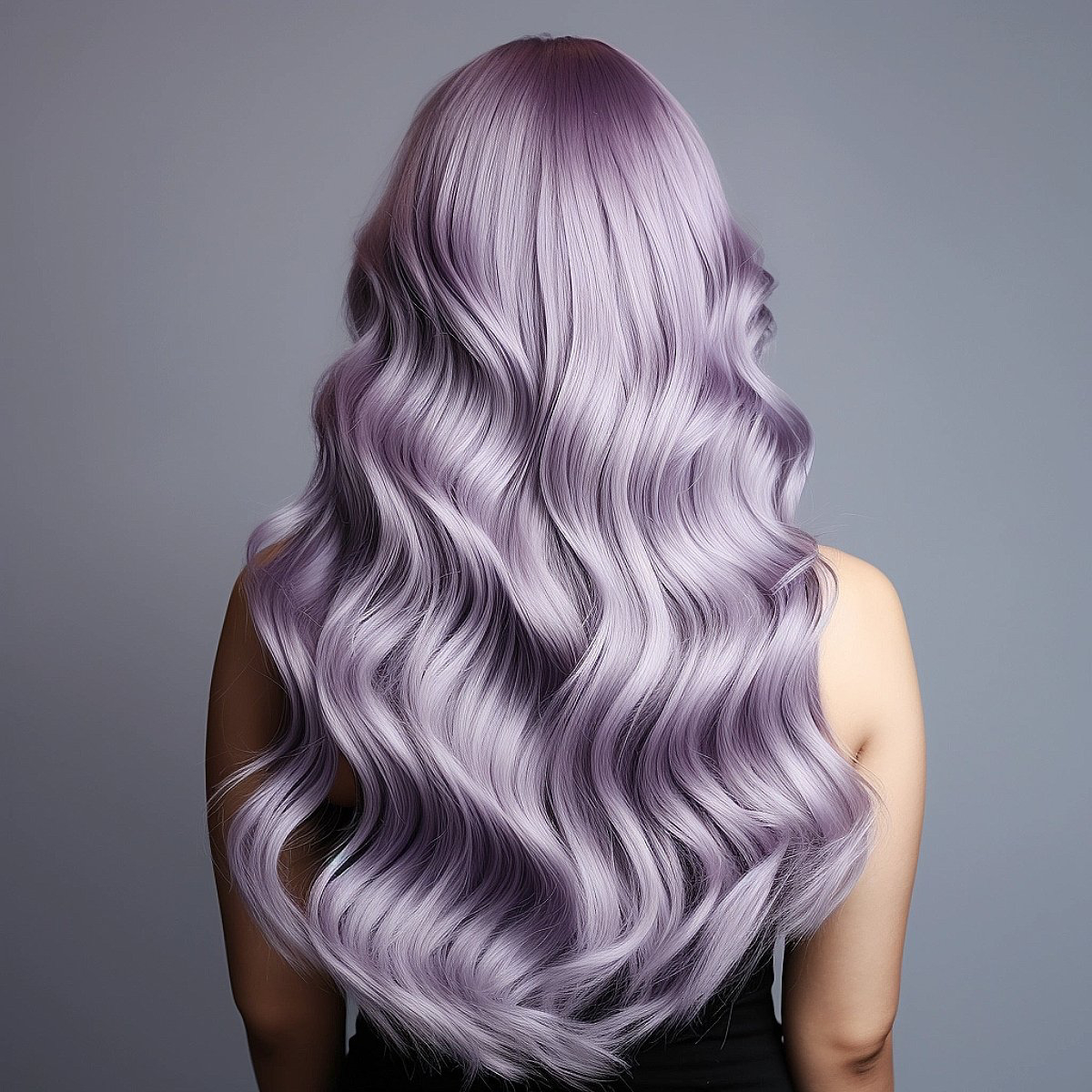
Applying the Color: Saturation is Everything
Okay, let’s say your hair is successfully lifted to a pale, even yellow. Now for the fun part. Most pastel purples are direct dyes, which means they’re basically stains that coat the hair—no developer needed.
You have to completely, 100% saturate the hair. We apply it to clean, totally dry hair, working in small sections to make sure every single strand is covered. You can leave it on for about 30-40 minutes. Since there’s no harsh chemical reaction, leaving it on a bit longer won’t hurt, but it might make the color a little deeper than planned.
Then, rinse with COLD water. I mean it. Cold water helps slam that cuticle shut, which makes your hair feel smoother and, more importantly, traps the color inside.
Quick tip: If you do nothing else, just turn the water to cool for your final rinse every time you wash. It costs nothing and makes a real difference in how long your color lasts.
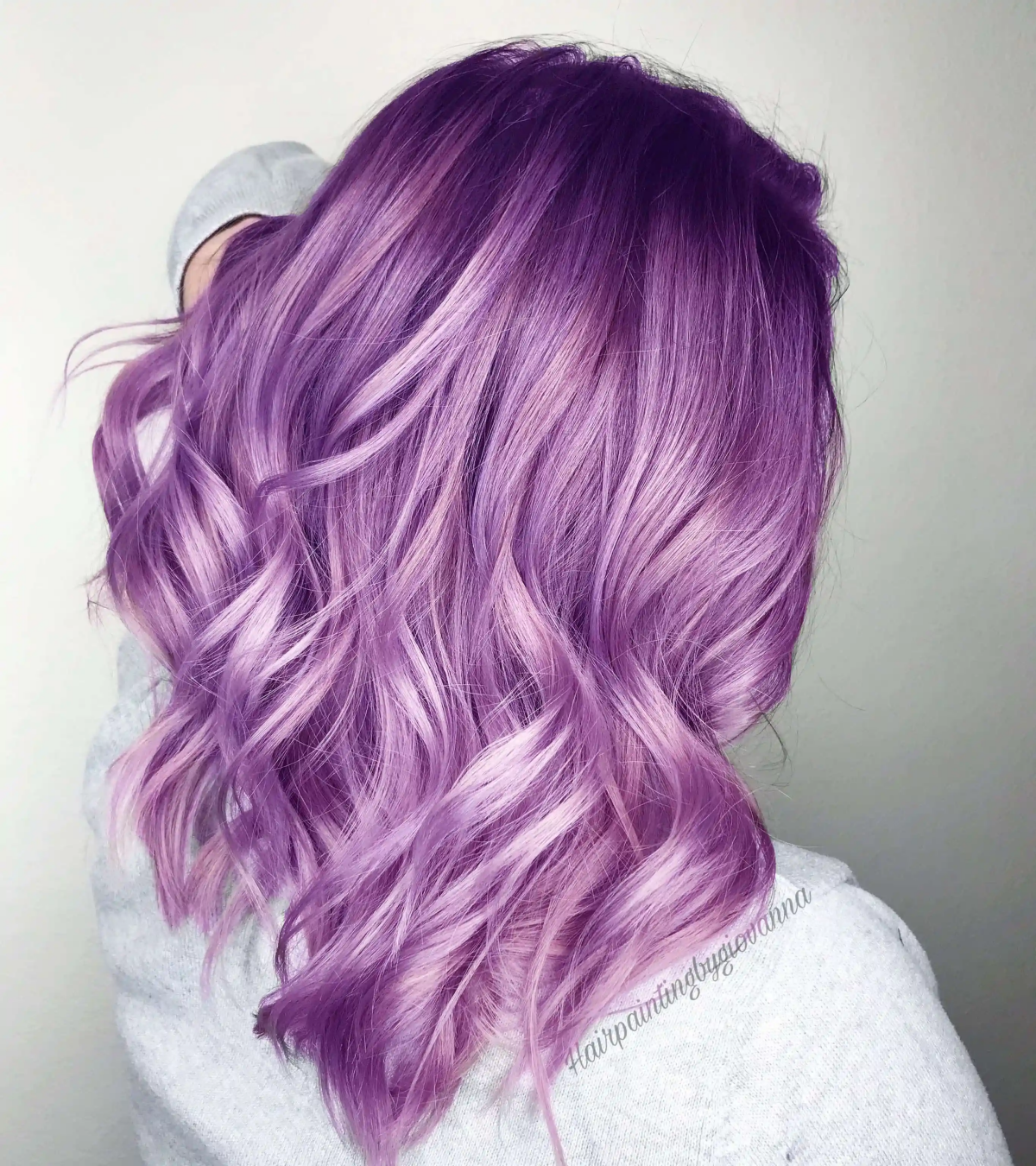
The Reality of Maintenance (This is a Big One)
I’m always blunt with my clients about this: light purple hair is the definition of high-maintenance. The color molecules are large and just sit on the surface, so they wash away incredibly fast. Expect your beautiful pastel to last maybe 4 to 8 shampoos.
To make it last, you have to be disciplined:
- Wash Less: Once or twice a week is the goal. Dry shampoo is your new best friend.
- Use Cold Water Only: Hot water opens the cuticle and lets the color bleed right out. You will literally see purple running down the drain.
- Get the Right Products: You need a sulfate-free, color-safe shampoo. Even better, try a co-wash (it’s a cleansing conditioner that washes hair without the harsh detergents found in most shampoos).
- Refresh Your Color: This is the secret weapon. Use a color-depositing conditioner once a week. Brands like Overtone and Keracolor Clenditioner are fantastic. A budget-friendly trick? Mix a dollop of your purple dye into your regular white conditioner to create your own custom color refresher.
- Beware of Heat and Sun: High heat from styling tools will fade your color fast. Always use a heat protectant. And just like your skin, the sun will bleach your hair, so wear a hat!
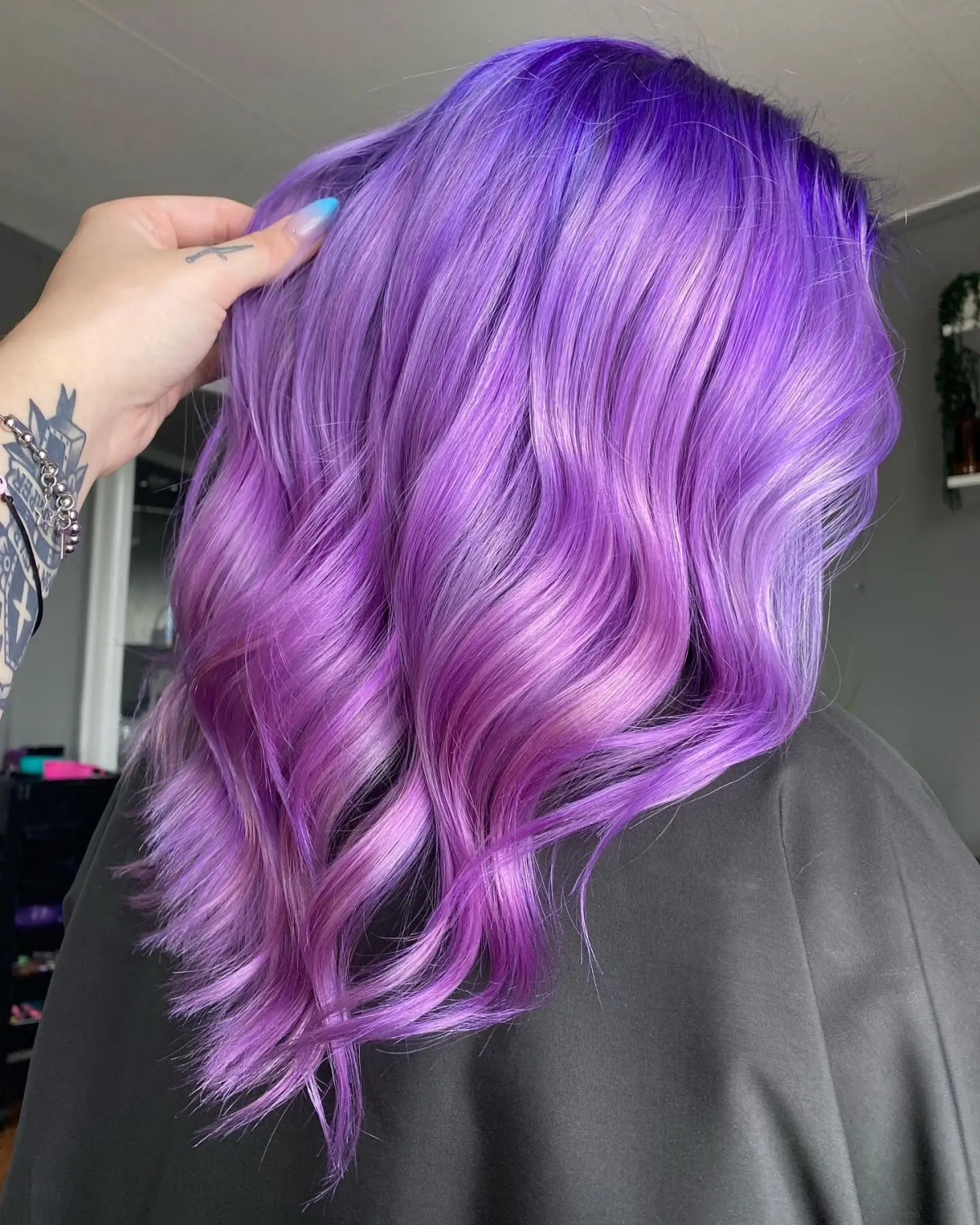
Common Problems and When to Wave the White Flag
Sometimes, things go wrong. Here’s what might happen and what it means.
Problem: My hair turned a weird, muddy green or grey.
This almost always means your hair wasn’t lightened enough. You put a blue-based purple over a yellow base, and they mixed into a murky mess. The fix is a professional color correction, not more box dye.
Problem: It’s patchy and has dark bands.
This is from an uneven bleach job. Fixing it involves a colorist painstakingly applying lightener only to the dark spots, which is incredibly difficult and expensive. This is the number one risk of doing it at home.
Problem: My hair feels gummy when wet and is breaking off.
Stop everything. This means the hair is over-processed and its internal structure is shot. There’s no product that can truly fix this. A bonding treatment can offer a temporary patch, but the only real solution is a good haircut to remove the damaged ends.
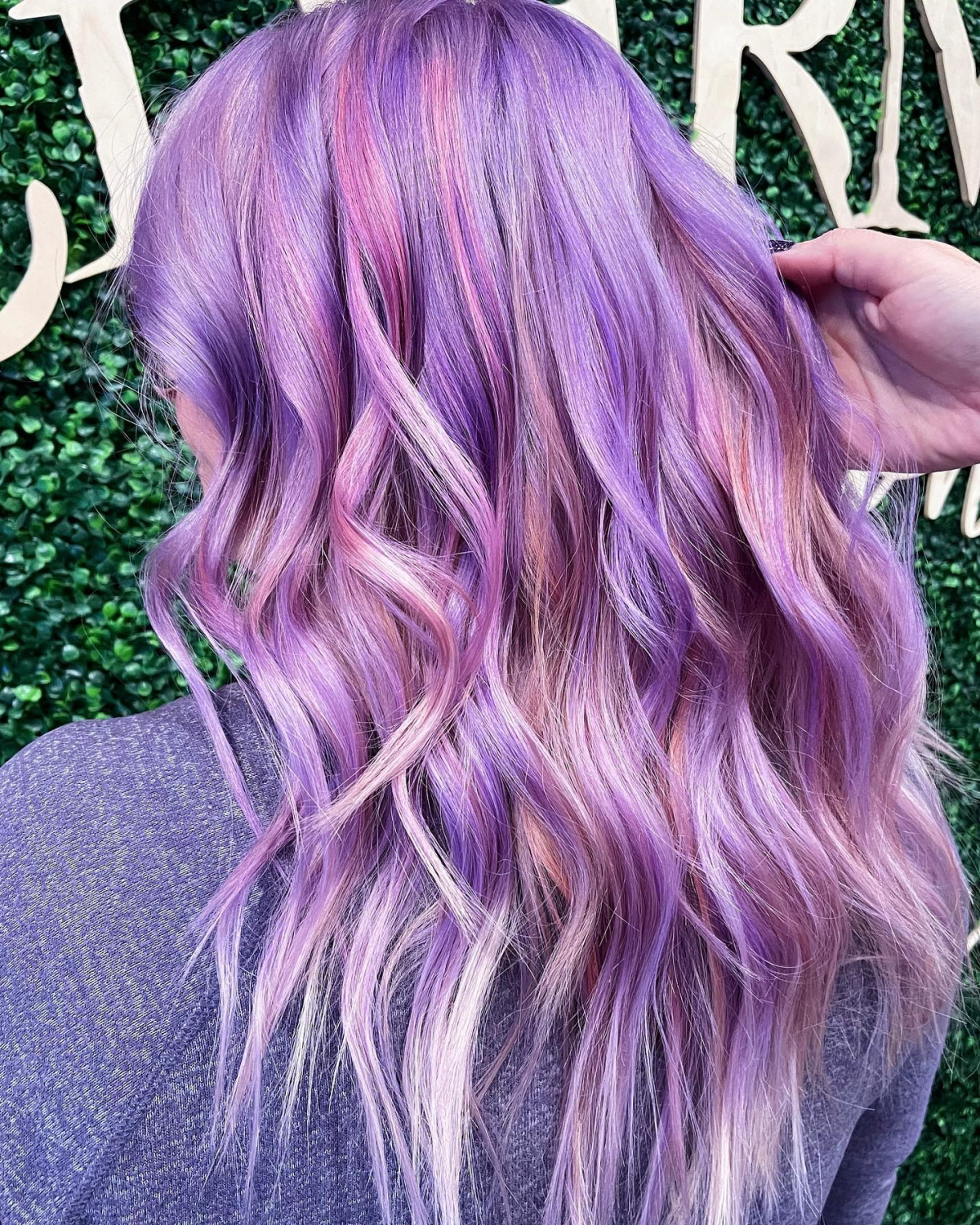
So there you have it. Light purple hair is a serious commitment, but if you’re ready for the upkeep and respect the process, the result is absolutely stunning. Now you know exactly what you’re getting into, from start to finish.
Galerie d’inspiration
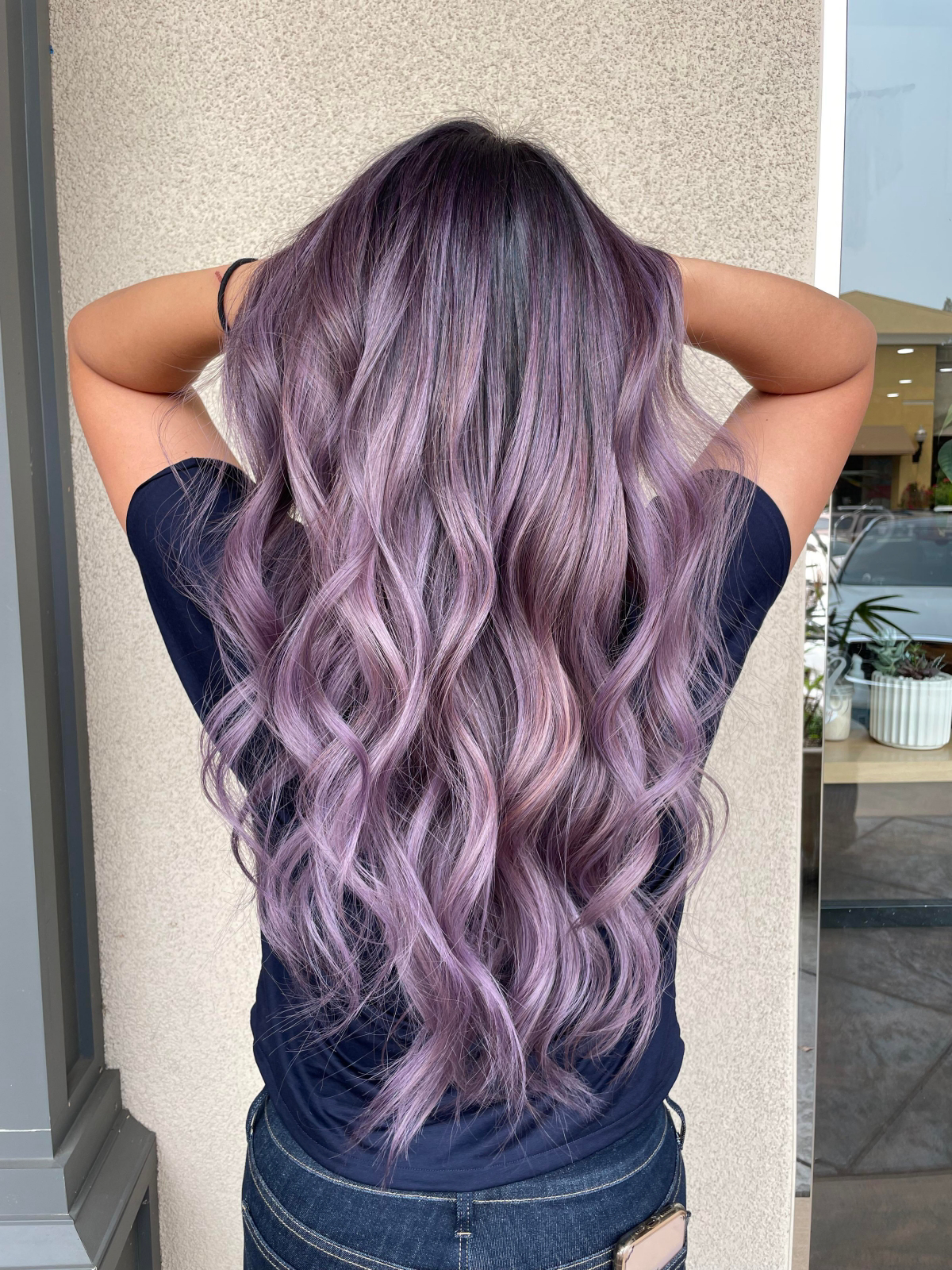
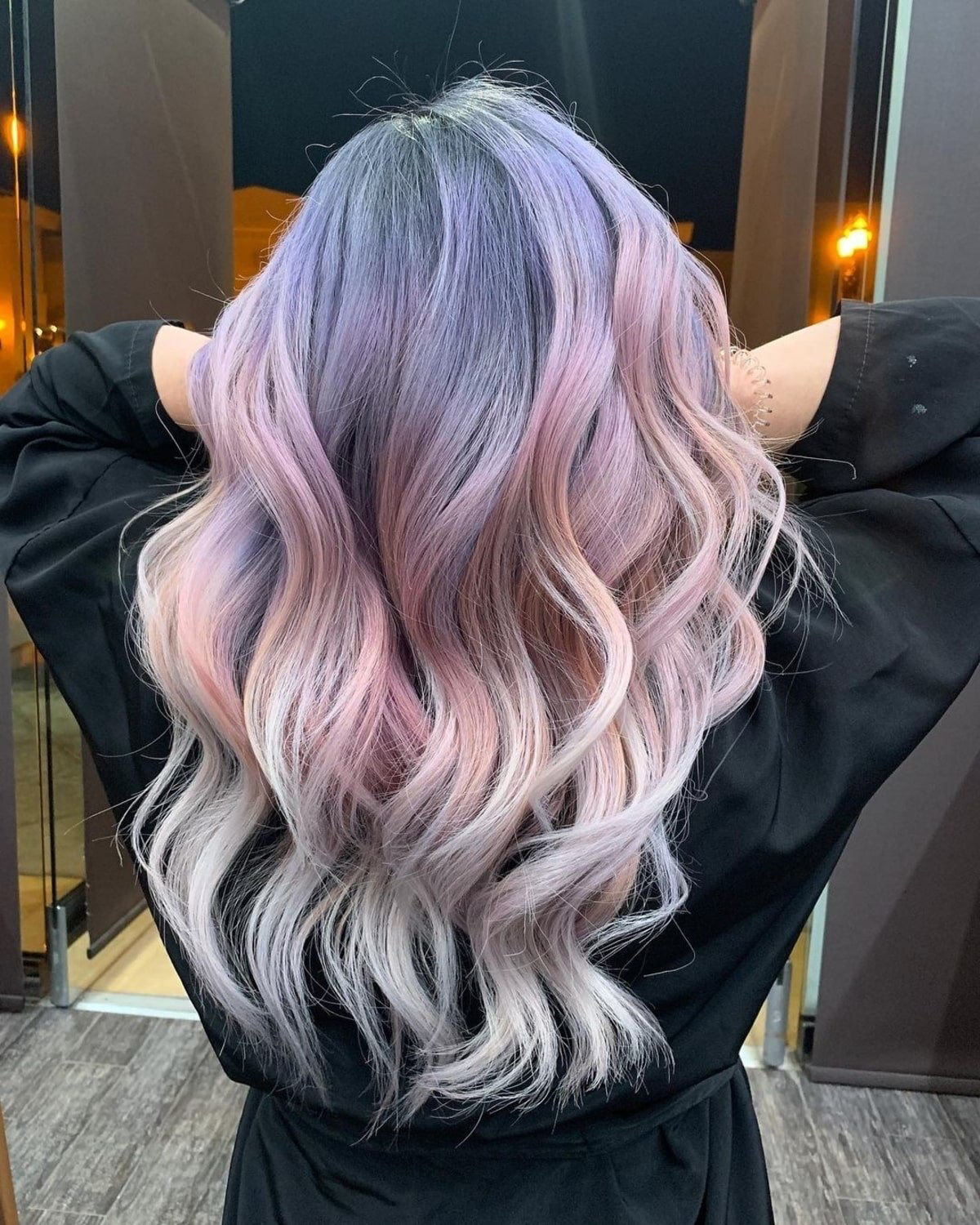
- Rinse with the coldest water you can stand. It helps keep the hair cuticle sealed, trapping the color molecules inside.
- Switch to a sulfate-free shampoo and conditioner. Sulfates are harsh detergents that will strip your delicate pastel shade with every wash.
- Never skip a heat protectant. Bleached hair is fragile, and heat styling without protection is the fastest way to cause breakage and fade your color.
The secret to longevity? Less washing. Dry shampoo will become your absolute best friend.
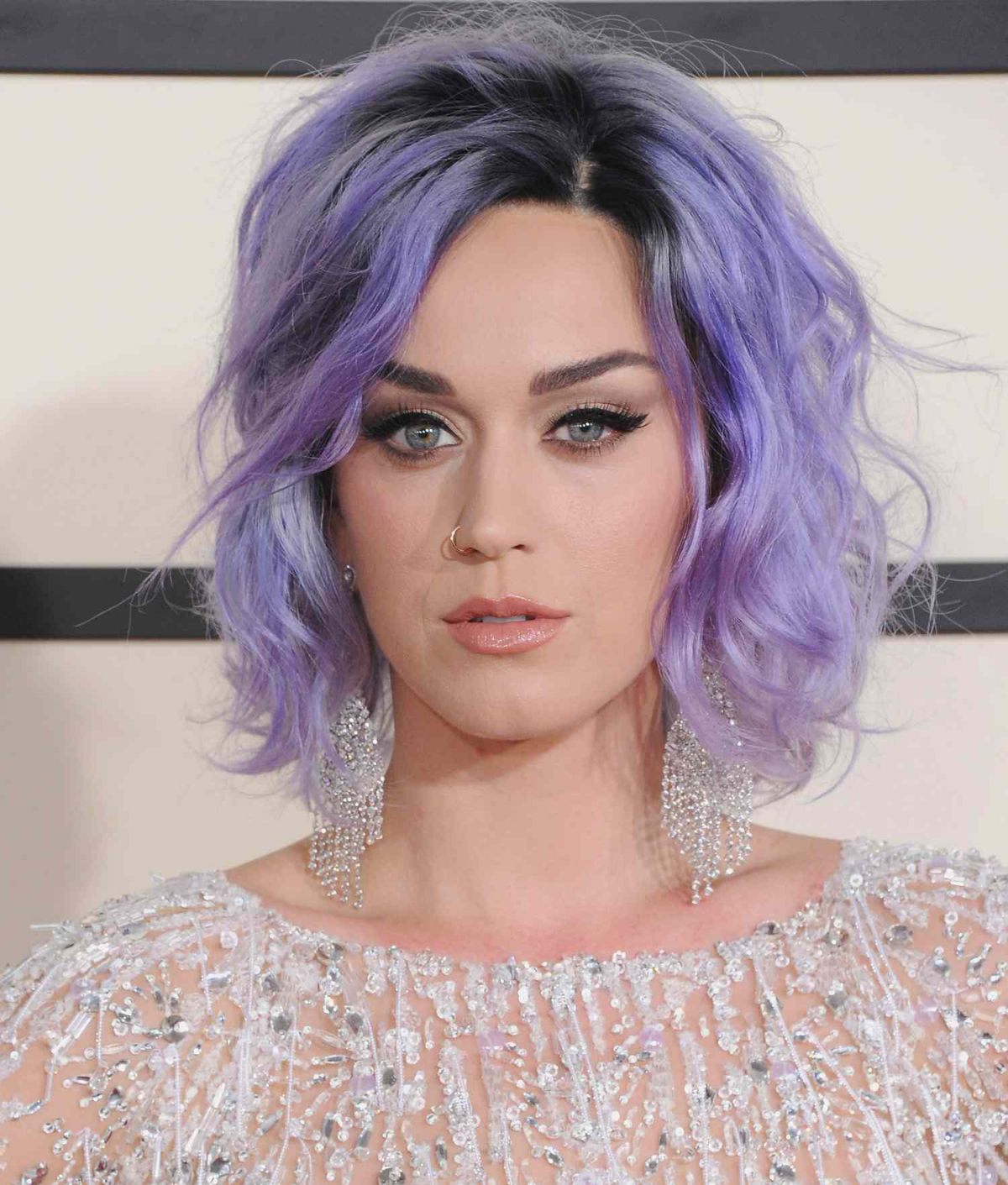
Did you know? Pastel color molecules are much larger than those of natural-colored dyes. They don’t penetrate the hair shaft as deeply, instead sitting on the surface, which is why they wash out so quickly—sometimes fading noticeably in just 4-6 shampoos.
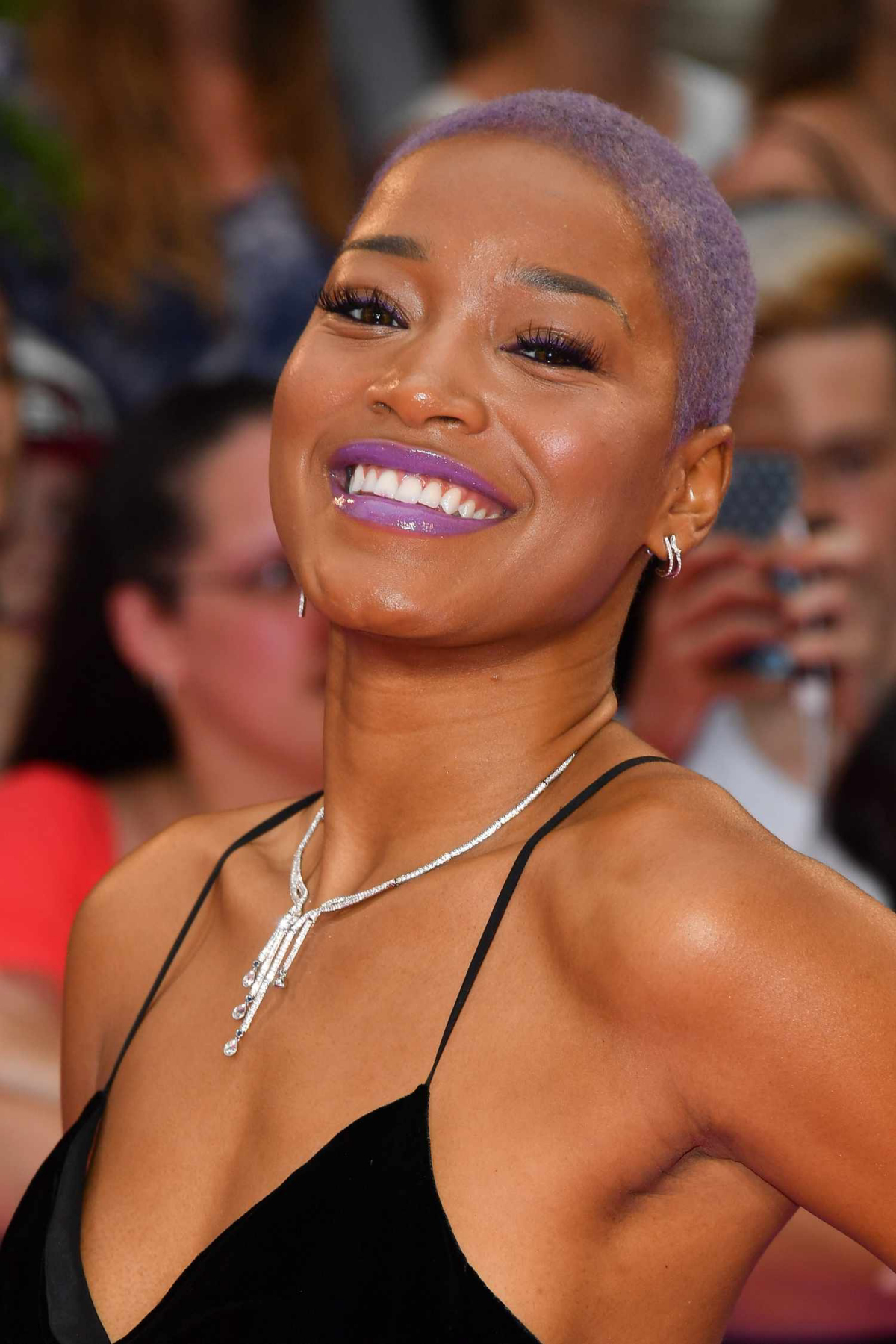
Wondering how to keep your lavender from looking dull or greenish over time?
The answer is a color-depositing conditioner. Think of it as a weekly top-up for your hair. Products like Keracolor’s Clenditioner in Light Purple or oVertone’s Pastel Purple Coloring Conditioner are designed to be used in the shower. They deposit a small amount of pigment to refresh your shade and neutralize unwanted tones, pushing your next salon visit a little further away.
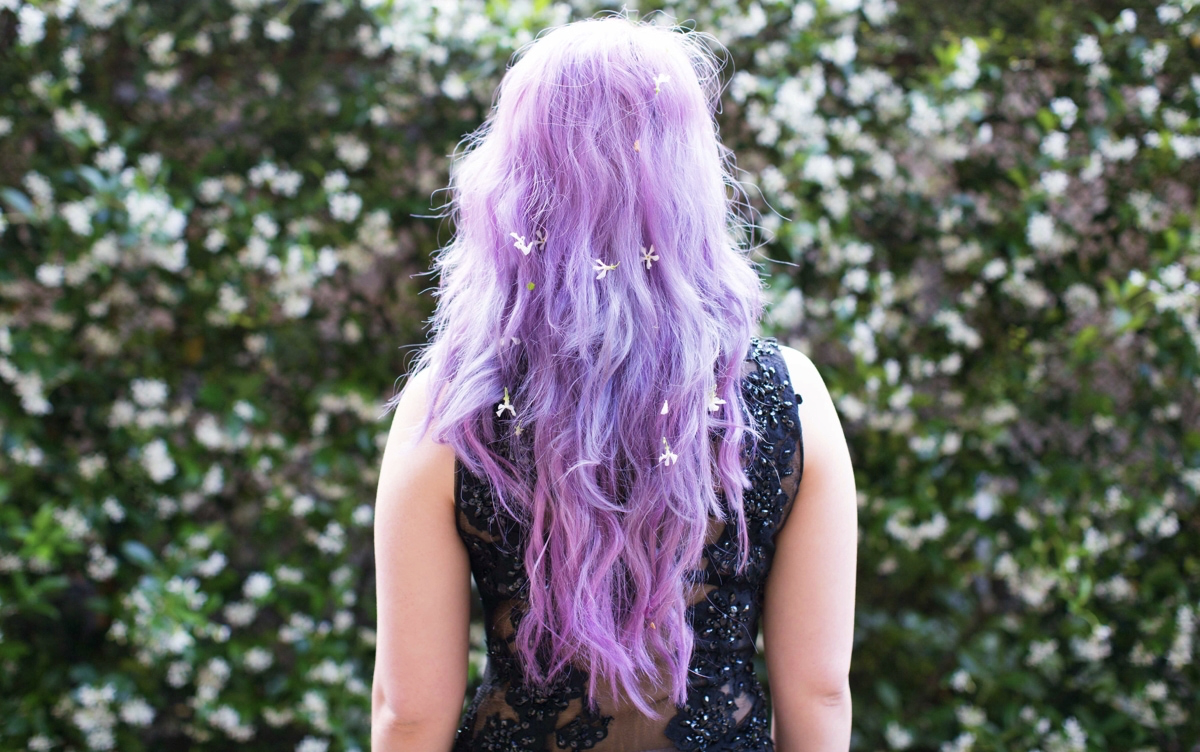
Lilac: This shade has subtle pink or reddish undertones, giving it a warmer feel. It’s incredibly flattering on skin with warm, golden, or olive complexions, as it brings out a soft glow.
Lavender: A true lavender has cooler, blueish undertones, leaning more towards periwinkle. This shade is a perfect match for cool-toned skin with pink or blue undertones, creating a striking, ethereal look.
Ultimately, the best choice is the one that makes you feel amazing, but knowing the undertones can help you and your stylist pinpoint your perfect purple.
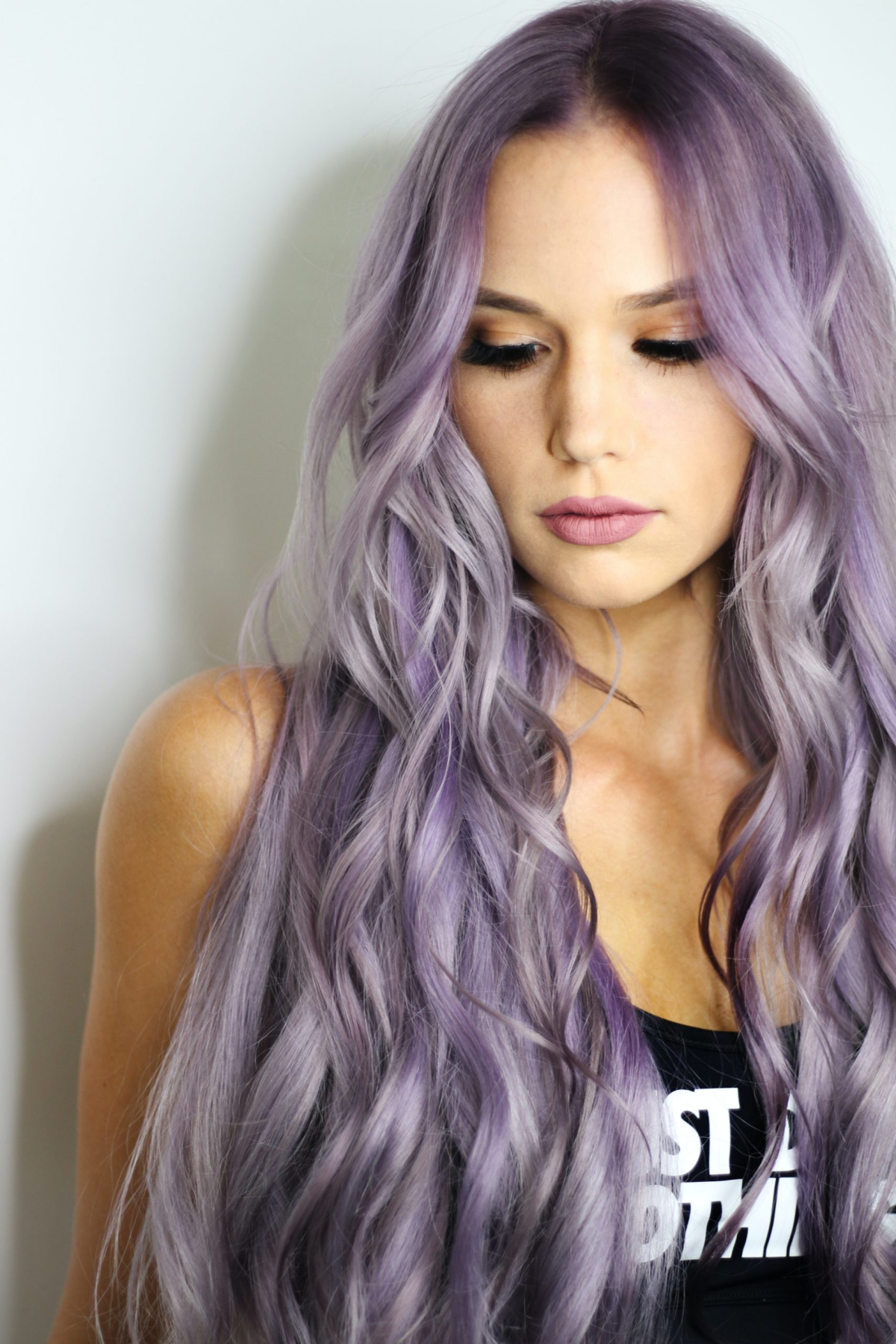
Before you even book your bleaching appointment, start prepping your hair at home for at least two weeks. The goal is to get your hair in its strongest, most moisturized state to withstand the chemical process. Deep conditioning masks are great, but for a real structural boost, consider using a bond-builder. A weekly treatment with a product like Olaplex No. 3 or the K18 Leave-In Molecular Repair Hair Mask can significantly reduce the potential for damage and breakage, giving your colorist the best possible canvas to work on.
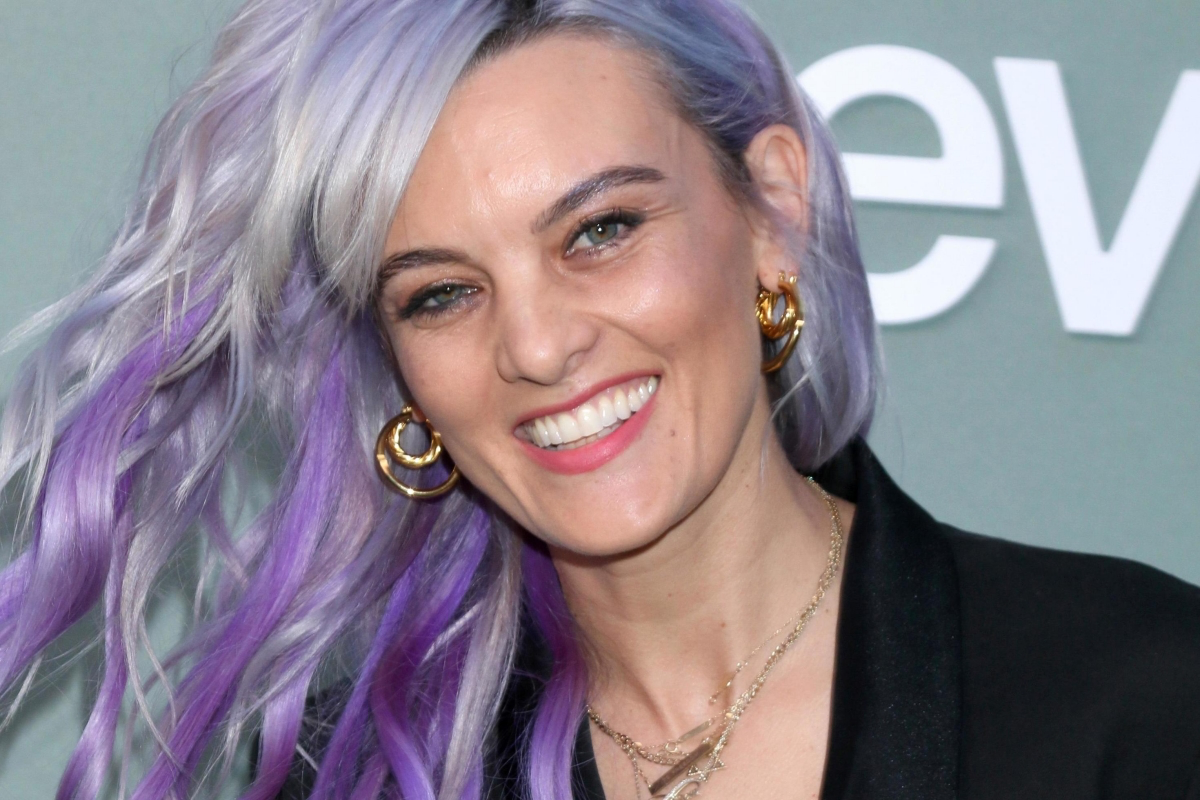
On average, maintaining pastel hair requires a root touch-up and full color gloss every 4 to 6 weeks.
This isn’t just a color; it’s a commitment. Beyond the initial coloring session, which can be lengthy and costly, you have to factor in this regular upkeep. Budgeting for both the time in the salon chair and the cost of professional services—plus the essential at-home care products—is crucial. Light purple hair is a beautiful investment in your look, but it’s an ongoing one.

One mistake to avoid: Assuming all light purple dyes are the same. A semi-permanent direct dye like Manic Panic’s
The journey from light purple back to a natural color or blonde is its own process. Purple dye is notoriously stubborn, often fading to a silvery-grey, a murky green, or even a pale pink depending on its base tones. A colorist won’t simply put a new color over it. They’ll likely need to use a color remover and then re-tone the hair to neutralize any remaining pastel pigment before applying the new desired shade. Patience is just as important for the exit strategy as it is for the initial application.










